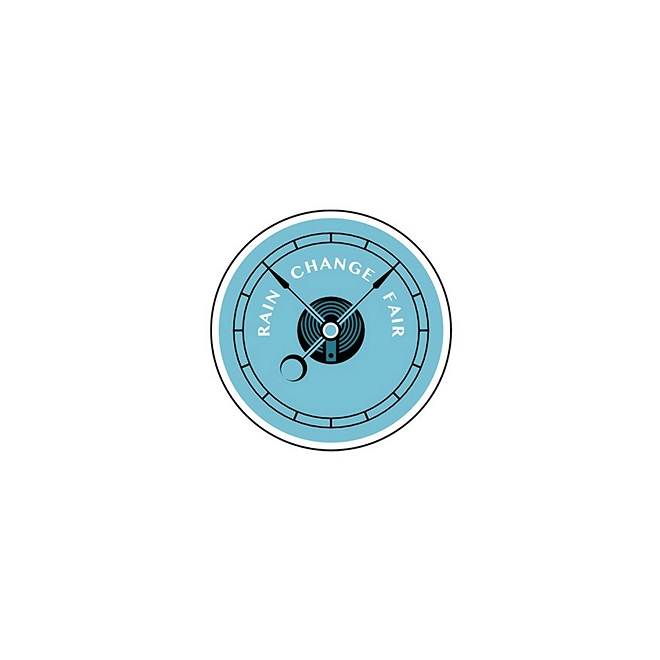“Super-charging" of renewables in NSW and Victoria...
Mechanisms made recently to support new large-scale renewable generation through the VIC budget and passing of a legislative package in NSW.
Although 2020 brought its own set of unforeseeable challenges, the NSW and VIC Governments sparked major new energy action. Both governments are proposing to spend an unprecedented $1.7 billion (NSW) and $1.6 billion (VIC) between FY20-21 respectively to accelerate the energy transition to renewable energy.
The focus of this brief is on the mechanisms made recently to support new large-scale renewable generation through the VIC budget and passing of a legislative package in NSW.
Initiatives – Snapshot

NSW and VIC Renewable generation initiatives – How do they differ?
VIC Government budgeted $12.6 million to potentially hold the second round of VRET2 Auction (1st round in 2017) where at least 600 MW of capacity will be bought online to power 100 per cent of the VIC Government facilities with renewable energy.
In contrast, NSW Government as a part of their Electricity Roadmap has legislated to underwrite 12,000 MW of new renewables across 5 NSW renewable energy zones using an options style contract under a long-term energy service agreement.
The key differences between the VIC and NSW approaches are summarised below:


